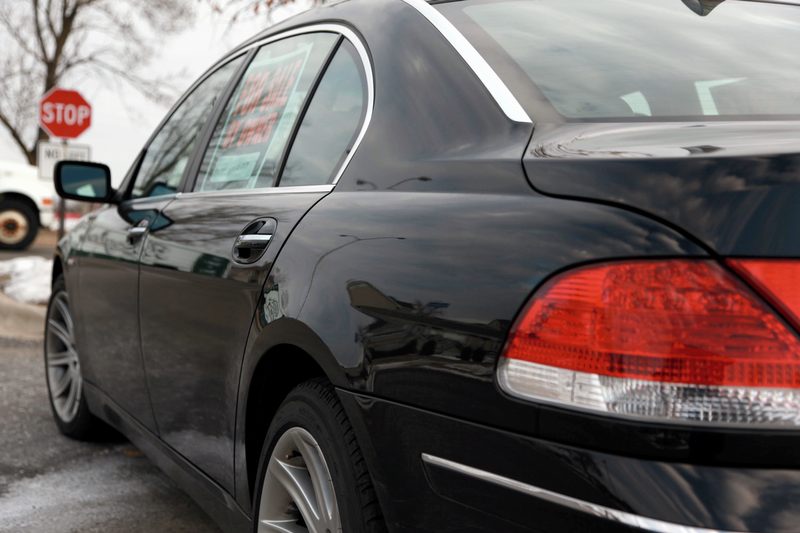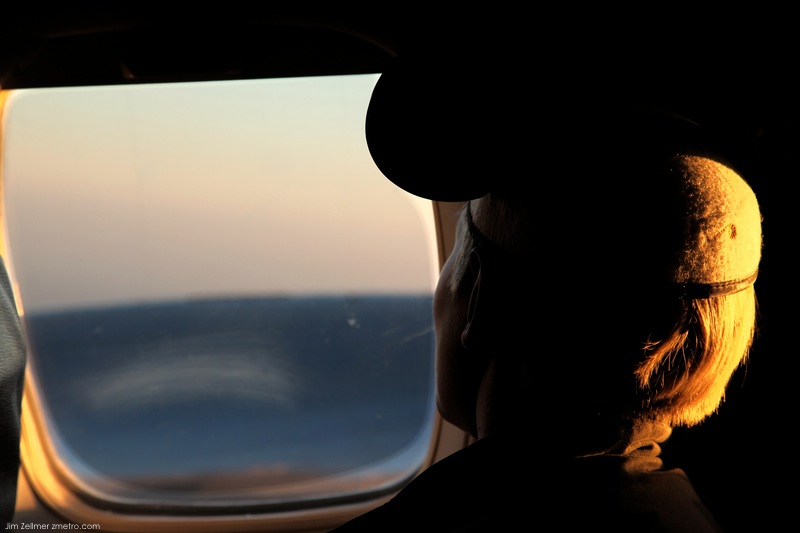celand’s de facto bankruptcy—its currency (the krona) is kaput, its debt is 850 percent of G.D.P., its people are hoarding food and cash and blowing up their new Range Rovers for the insurance—resulted from a stunning collective madness. What led a tiny fishing nation, population 300,000, to decide, around 2003, to re-invent itself as a global financial power? In Reykjavík, where men are men, and the women seem to have completely given up on them, the author follows the peculiarly Icelandic logic behind the meltdown.
by MICHAEL LEWIS April 2009
Just after October 6, 2008, when Iceland effectively went bust, I spoke to a man at the International Monetary Fund who had been flown in to Reykjavík to determine if money might responsibly be lent to such a spectacularly bankrupt nation. He’d never been to Iceland, knew nothing about the place, and said he needed a map to find it. He has spent his life dealing with famously distressed countries, usually in Africa, perpetually in one kind of financial trouble or another. Iceland was entirely new to his experience: a nation of extremely well-to-do (No. 1 in the United Nations’ 2008 Human Development Index), well-educated, historically rational human beings who had organized themselves to commit one of the single greatest acts of madness in financial history. “You have to understand,” he told me, “Iceland is no longer a country. It is a hedge fund.”
Category: Culture
Selling Your Car

It’s interesting to see how sellers position their cars for public sale. Every now and then, I’ll notice a car with a for sale sign parked on a high traffic street. This example, a late model BMW 750i, has been parked near a local coffee shop for several weeks.
Uwe Reinhardt on the health of the economy and the economics of health
My friend professor Uwe E. Reinhardt of Princeton University presented ECONOMIC TRENDS IN U.S HEALTH CARE: Implications for Investors, at J.P. Morgan’s annual healthcare conference on Tuesday, January 13 2009. The first half of the presentation (46 slides!) deals with macroeconomic and financial issues in Uwe’s inimitable style – equal portions of wit and insight. The second half deals with the embarrassing mess known as health care in the US.
More Evidence on the Power of Gratitude
I wrote a few months back about some intriguing research on the power of gratitude, showing that people who kept “gratitude journals,” (keeping track of the good things that happen to them and things that they appreciate in life) not only reported better physical and mental health, their partners also noticed it as well (including reports that they slept better). A new study shows that the positive effect of gratitude on signs of well-being such as mastery, relationships with others, and self-acceptance happen over and above personality factors. Similar to the study of gratitude journals, this study by Alex Wood and his colleagues suggests, that regardless of one’s personality, taking time to notice and appreciate the good things in life can help all of us. This strikes as me as an especially important finding given the difficult times.
Here is the source and the abstract for those of you who want to know more:
Obama Speech TV Audience Lags Clinton (1993) and Bush (2001)
For his maiden congressional address, Obama cleaned President Bush’s clock in terms of TV viewers willing to watch him speak to a bunch of stuffed congressional suits in the House chamber. Which isn’t saying much. But it is something for a new president to cling to, especially when you’re otherwise up against the sleuths of “NCIS.”
Obama got 52.4 million viewers last night (rounded off for those visiting the bathroom) in 37.2 million homes for a 49 share and 32.5 rating. In his last joint address in 2008 GWB got 37.5 million in 27.7 million homes for a 38 share and 24.7 rating. Bush did top Obama in 2003 with 62 million and a 56 share and we didn’t even have the Iraq reality show going then. (But it was coming.)
Bush’s first joint session appearance drew nearly 39.8 million and a 42 share.
However, Obama still lags the audience-drawing power of one President Bill Clinton. Sixteen years ago this week, when there were millions fewer Americans, Big Bill drew nearly 15 million more viewers — 66.9 million for his first congressional speech in 44.2 million homes for a 44.3 rating.
Dakar Rally 2009 Photos
An Email to Congresswoman Tammy Baldwin and Senators Russ Feingold and Herb Kohl
Dear [ ]:
I hope this message finds you well.
I am writing to express my great concern over this information. Please investigate and determine if it is true.
DoD Officials Vow Secrecy on Budget
http://federaltimes.com/index.php?S=3957786
If so, this is very disappointing and wrong.
I also would like you to investigate the amount of private jet use by elected officials (both government aircraft and those provided by campaigns and lobbyists). Dilbert has it right:
http://www.dilbert.com/strips/comic/2009-02-25/
Website and contact information: Tammy Baldwin, Russ Feingold and Herb Kohl.
A Scion Drives Toyota Back to Basics
Norihiko Shirouzu & John Murphy:
Toyota Motor Corp.’s incoming president, Akio Toyoda, has a sobering message for the giant company founded by his grandfather: It has gotten too fancy for its own good.
On Monday, three top executives who helped lead Toyota the past four years — including Mitsuo Kinoshita, one of the primary architects of the company’s global expansion — announced their retirement. The departures clear the way for Mr. Toyoda’s planned makeover of the world’s biggest auto maker.
He is expected to focus, most of all, on abandoning kakushin, or “revolutionary change,” current president Katsuaki Watanabe’s term for changing the way Toyota designed its cars and factories. It spawned technological advances, but led to cars that were often costlier to produce.
The 52-year-old Mr. Toyoda is also working to fix a pricing strategy that put the company at odds with some U.S. dealers, who felt its cars were getting too expensive, according to people familiar with the situation.
BMW Art Cars on Parade
They won’t be racing but BMW’s famous Art Cars will be back on display. The Los Angeles County Museum of Art will feature four of BMW’s 16 art cars until Feb. 24.
Among the four are some of our favorites:
— Roy Lichtenstein’s 1977 Group 5 320i with its wild wing and body work.
— Frank Stella’s graph-paper 3.0 CSL.
— The 1979 Group 4 M1 that Andy Warhol painted with a brush.
All three cars raced at Le Mans with their new paint jobs.
Robert Rauschenberg’s 1986 6-series was not a race car and, with its more conventional bodywork, seems far more restrained than the rest.
Returning Home From a Disney Birthday

I snapped this photo while sitting near a mother and son flying home from a Disneyland birthday trip.